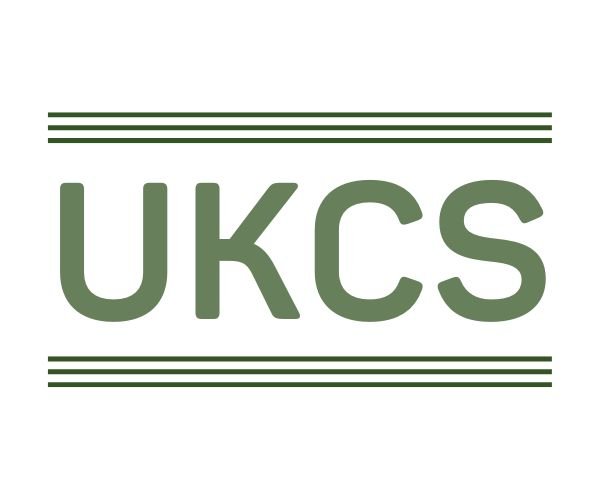Jerusalem - City of Hope
This article originally appeared in The Christian Science Monitor for 30th March 2018.
“When you see this, your heart shall rejoice, and your bones shall flourish like grass” (Isaiah 66:14). These words, translated here in the New King James Version of the Bible, were hastily carved by a 4th-century pilgrim as graffiti on the crumbling Western Wall in Jerusalem. I’ve heard it said that the temple wall had so captured his heart that it became a place of hope and renewal for him. I was fascinated by this ancient graffiti when I visited Jerusalem. The city itself is one of momentous history but also, I found, extraordinary vitality, making it an inspiring place to visit. Historically, it has often been a center of turmoil.
Christ Jesus lamented, “O Jerusalem, Jerusalem, which killest the prophets, and stonest them that are sent unto thee; how often would I have gathered thy children together, as a hen doth gather her brood under her wings, and ye would not!” (Luke 13:34). But the turmoil in Jerusalem in Jesus’ day was secondary to the deeply restorative and liberating events that would take place – such as Jesus’ resurrection. Fearing Jesus’ influence as he healed and reformed the sick and sinning, the religious and political authorities of the time crucified him on a cross. Yet this aggressive reaction to Jesus’ teaching and healing couldn’t stop the ultimate act of salvation for all humanity: Jesus’ victory over death.
His resurrection revealed that God, the divine Father of us all, is indeed all-powerful, and brought with it the promise of life as so much more than what it seems to be on the surface. Jesus’ resurrection points us to a new and higher idea of existence as spiritual. It shows us all that our real identity is defined not by matter, but as the spiritual creation of God, divine Love.
In thinking about Jerusalem, I have found a passage in “Science and Health with Key to the Scriptures” by the discoverer of Christian Science, Mary Baker Eddy, to be thought-provoking. It defines Jerusalem in part as a symbol of oppression and tyranny, but also as a spiritual symbol of home and heaven (see p. 589). One thing that pondering Jesus’ resurrection has helped me see is that because we can never be separated from our divine creator, heaven is not some far-off place, but something we can increasingly feel at home in right here and now. Each of us can let Jesus’ resurrection inspire in us the courage and yearning to follow his life’s example and let divine Love lead us.
This isn’t always easy, but the outcome is that we see firsthand that the power of God to restore health and harmony is still effective today. For instance, a woman I know told me of an occasion when she chaired a meeting of government officials from several countries and there were many disagreements. She had no idea how to bring the parties together and feared that many people would suffer if a solution was not found.
